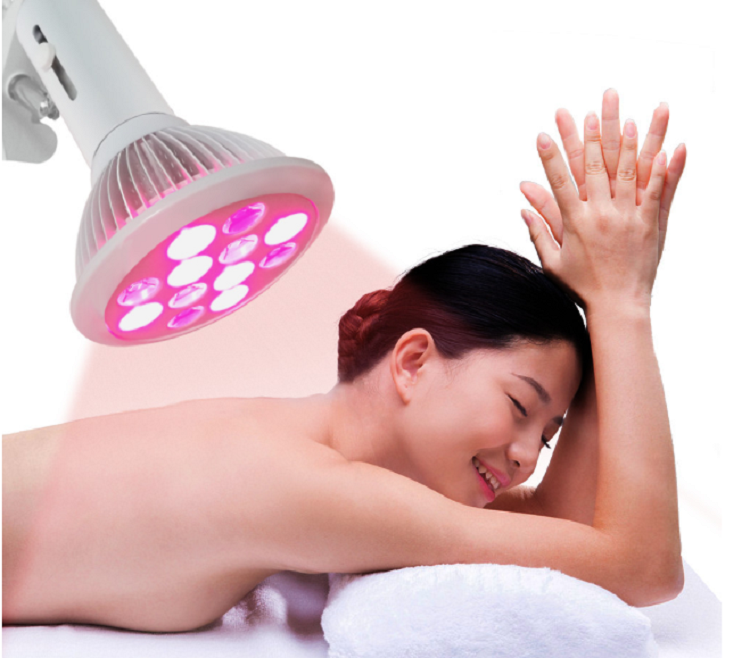There are many varieties of chemical fertilizers, and counterfeit and shoddy products are also flooding the market. Therefore, farmers must pay attention to when purchasing fertilizer. Here are some simple identification methods: Packaging materials: The outer bag is a plastic woven bag, and the inner bag is a high-density or low-density or modified polyethylene film bag (only a vinyl chloride inner bag can be used in a polyvinyl chloride film bag), and is also available. Two-in-one composite bag (plastic woven cloth/film), but ammonium bicarbonate is not packed in composite bags. For packaging in composite bags, calcium, magnesium, phosphate and ammonium nitrate should be packed in three-in-one bags (plastic woven bags/film/kraft paper), and calcium, magnesium and phosphate fertilizers can also be used in cloth/paper two-in-one bags (plastic woven bags). / Kraft paper). Any packaging material that does not meet the above requirements may be a counterfeit product. The mark on the bag: the package name should be marked with fertilizer name, nutrient content, grade, net weight, implementation standard number, manufacturer name, site, and some fertilizer registration certificate, production license number, etc. If the above logo is not or incomplete, it may be a counterfeit product. If it is bulk fertilizer (superphosphate, phosphate rock, etc.), because its nutrient content can not be identified from the outside, to obtain the factory quality assurance, it is best to send the quality inspection department to check and then purchase according to the quality. Also pay attention to whether the packaging is intact, such as the discovery of unpacking marks, re-sealing signs or the use of old packaging, generally do not buy. The names of fertilizers cannot appear such as “xx kingâ€, “xx crystal (fine)â€, “xx treasureâ€, “xx spiritâ€. In addition, when purchasing compound fertilizer, attention should also be paid to the net content of the product, the total nutrient content, and the contents of nitrogen, phosphorus and potassium, respectively. The nutrient content mainly refers to the content of nitrogen, phosphorus and potassium. If medium elements (sulfur, calcium, magnesium, sodium) or trace elements (copper, zinc, iron, manganese, molybdenum and boron) are added to the product, they should be separately marked. The content and total content of the elements, the content and total content of each trace element. Nitrogen + phosphorus + potassium + sulfur + calcium + magnesium + sodium + copper + zinc + iron + manganese + molybdenum + boron ≥ 58%, 85% and other standard methods are not allowed. Products containing phosphate fertilizer based on calcium, magnesium, phosphorus, fertilizer and other soluble phosphate fertilizers should be marked as “soluble phosphorusâ€. If the product contains nitrate nitrogen, the "containing nitrate nitrogen" should be marked on the packaging container. If the mass fraction of chloride ions in the product is greater than 3%, “chlorine†should be indicated on the packaging container. When there is an additive in the product within the net content range of each bag, it must be evenly mixed with the original material, and should not be put into the bag in a small package. In addition, you should also pay attention to retain the purchase certificate.
ã€Comment】 ã€Print this article】 ã€Close this page】 ã€Large, medium and small】
Led therapy bulb with E27/E26 socket, Red Light Infrared works for full body, we have 12w 24w 36w bulb, with 660nm and 850nm wavelength, customized led also ok.
The most convenient red light therapy solution
- E27 therapy bulb Suitable to use on any part of the body.
- Anything in the first couple of inches of skin can be affected by this light, making it suitable for; hair health, general skin tone/beauty, acne, eczema, wounds, bruises, sunburn, joint pain, wrinkle prevention, and much more.

Therapy light, led therapy lamp, light therapy lamp, lamps for light therapy, therapy light lamp
Shenzhen Wenyi Lighting Technology Co., Ltd , https://www.wenyigrow.com